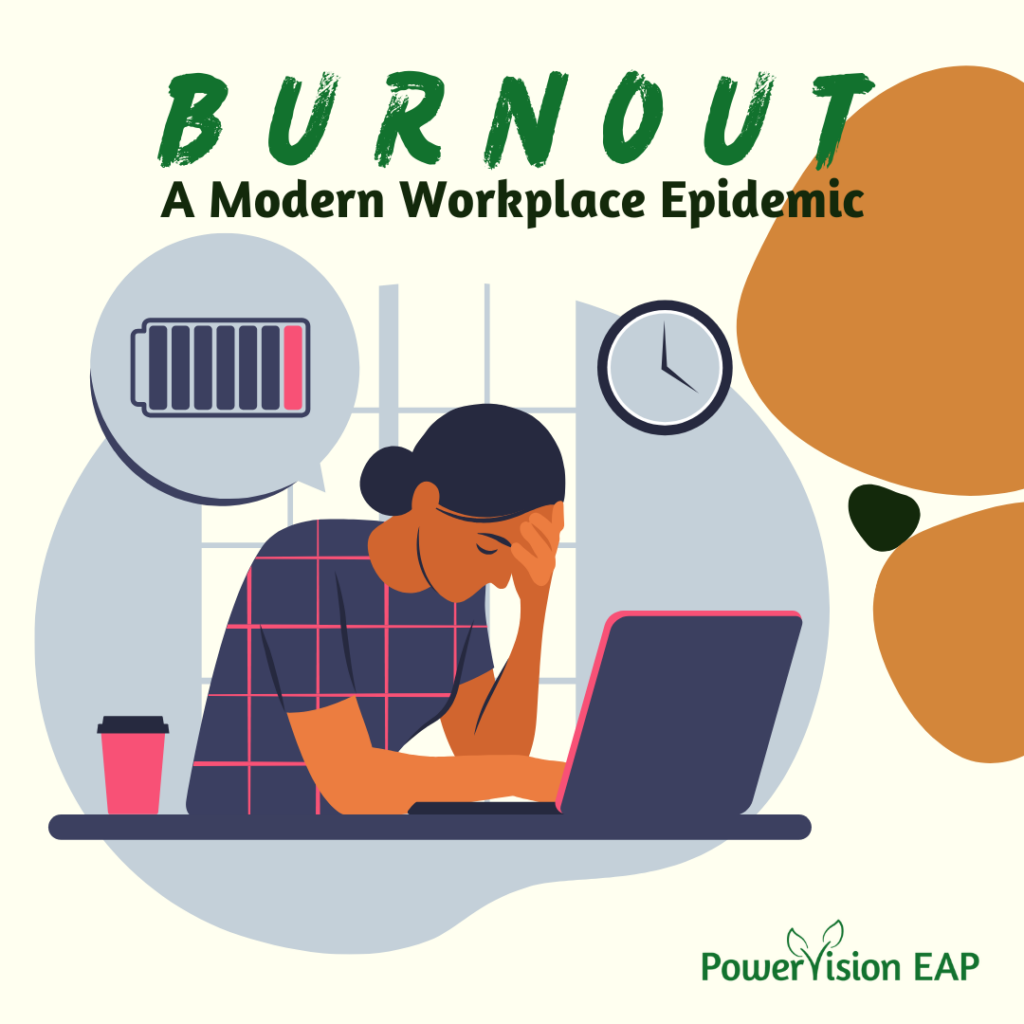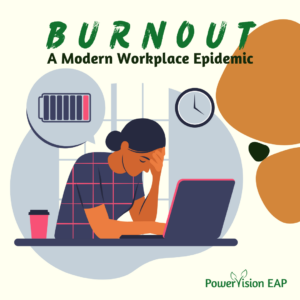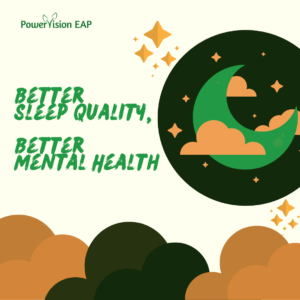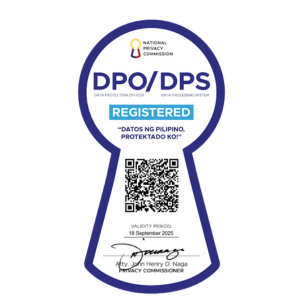In today’s fast-paced work environment, burnout has become a major issue affecting employees across industries. The World Health Organization (WHO) defines burnout as a state of chronic workplace stress that leads to exhaustion, mental detachment from work, and reduced professional effectiveness. If left unaddressed, burnout not only affects individual well-being but also results in decreased productivity, higher turnover rates, and overall workplace dissatisfaction.
The Growing Importance of Employee Well-Being
Employee well-being is no longer just an HR buzzword—it is a crucial factor in organizational success. Companies that prioritize the mental and physical health of their employees see improved job satisfaction, better retention rates, and increased efficiency. Understanding the causes, symptoms, and solutions for burnout is essential for fostering a healthier work environment.
What Causes Employee Burnout?
Burnout is often caused by a combination of excessive workload, lack of control over work, insufficient recognition, and an imbalance between effort and reward. Key factors include:
- Unrealistic Workloads: When employees are expected to meet tight deadlines or take on excessive responsibilities, stress accumulates, leading to exhaustion.
- Lack of Autonomy: A lack of decision-making power can make employees feel powerless and frustrated.
- Toxic Work Culture: Poor workplace support from management or colleagues can lead to isolation and disengagement.
- Insufficient Recognition: When employees feel undervalued despite their hard work, their motivation declines, contributing to emotional and physical exhaustion.
Over time, these factors create a toxic work environment that reduces both job satisfaction and overall well-being.
The Cost of Employee Burnout
Burnout doesn’t just harm individuals—it negatively impacts entire organizations. Some of the major consequences include:
- Decreased Productivity: Burnt-out employees struggle to maintain performance, leading to missed deadlines and lower-quality work.
- Higher Turnover Rates: Dissatisfied employees are more likely to leave, increasing hiring and training costs.
- Toxic Workplace Atmosphere: Stress and frustration can spread among team members, affecting overall morale.
- Increased Errors: Burnt-out employees are more prone to making mistakes, potentially harming customer satisfaction and business operations.
Unchecked burnout can damage a company’s reputation, weaken employee engagement, and ultimately reduce overall business success.
How Companies Can Prevent Burnout
Addressing burnout requires a proactive approach that focuses on workplace culture, work-life balance, and employee support. Effective strategies include:
- Ensuring Manageable Workloads: Setting realistic expectations prevents employees from feeling overwhelmed.
- Encouraging Open Communication: Employees should feel heard and have the ability to express concerns without fear.
- Providing Autonomy: Giving employees more control over their tasks can enhance their sense of ownership and job satisfaction.
- Promoting Wellness Programs: Mental health resources, flexible work arrangements, and regular breaks can significantly reduce stress.
- Recognizing Employee Efforts: Rewarding and appreciating hard work boosts motivation and engagement.
By fostering a supportive and healthy work environment, companies can reduce burnout, enhance employee well-being, and ultimately improve long-term productivity and success.
Final Thoughts
Burnout is a serious issue that can have long-lasting effects on both employees and businesses. However, by taking a proactive approach to employee well-being, organizations can create a positive and thriving workplace. Prioritizing mental health and providing necessary support not only helps individuals but also strengthens company culture, improves retention, and enhances overall performance. A happier, healthier workforce is the key to sustained success.
References:
World Health Organization (WHO). (2019). Burn-out an “occupational phenomenon”: International Classification of Diseases. Retrieved from https://www.who.int/
Maslach, C., & Leiter, M. P. (2016). Burnout: The Cost of Caring. Cambridge, MA: Malor Books.
Gallup. (2021). Employee Burnout: Causes and Cures. Retrieved from https://www.gallup.com/
American Psychological Association (APA). (2021). Stress in America: The Impact of Workplace Stress. Retrieved from https://www.apa.org/
Harvard Business Review. (2019). Beating Burnout. Retrieved from https://hbr.org/











